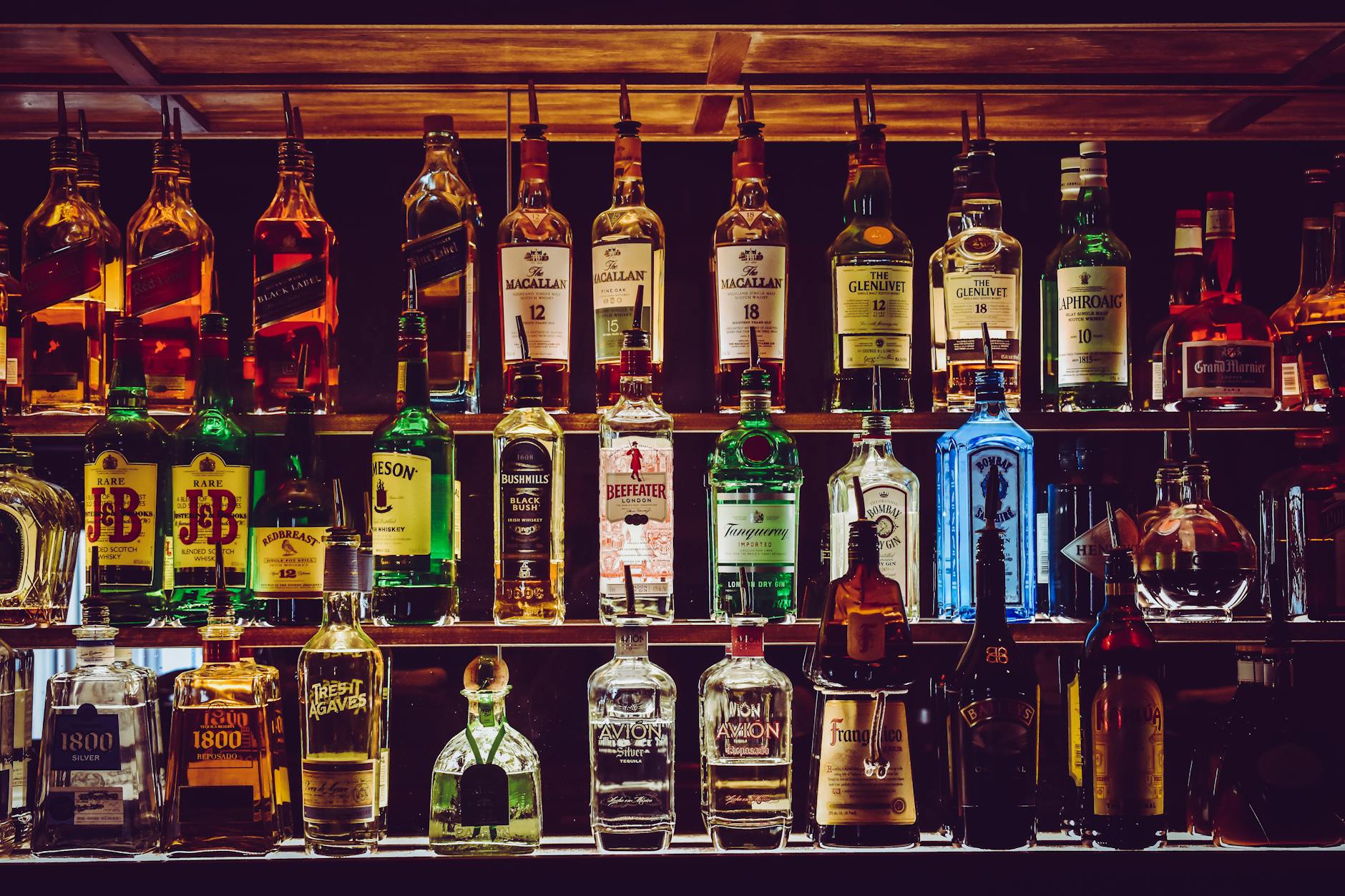Unlocking the mystery: Dive into the science behind getting drunk and discover the surprising facts about beer.

Image courtesy of Chris F via Pexels
Have you ever wondered how many beers it takes to get drunk? The answer to this intriguing question goes far beyond a simple number. In this comprehensive blog post, we will dive deep into the science behind alcohol metabolism, explore individual tolerance levels, and examine the various factors influencing intoxication.
Understanding Alcohol Metabolism
Alcohol metabolism is a complex process that occurs primarily in the liver. When we consume alcohol, our bodies break it down into smaller molecules that can be excreted. However, the rate at which alcohol is metabolized can vary among individuals.
One critical enzyme involved in alcohol metabolism is alcohol dehydrogenase (ADH). This enzyme helps convert alcohol into acetaldehyde, a toxic substance that is further metabolized into harmless acetate by another enzyme, aldehyde dehydrogenase (ALDH). However, individuals with different genetic variations of these enzymes may metabolize alcohol at different rates, resulting in varying levels of intoxication.
Individual Tolerance Levels
The concept of individual tolerance to alcohol plays a significant role in determining how many beers it might take to get drunk. Tolerance refers to the body’s ability to withstand the effects of alcohol over time, and it can vary greatly from person to person.
Several factors influence alcohol tolerance, including genetics, liver size and function, and previous alcohol consumption. Research has shown that certain genetic variations can result in either a higher or lower tolerance to alcohol. Additionally, frequent alcohol consumption can lead to increased tolerance levels, as the body becomes more accustomed to processing alcohol.
Factors Influencing Intoxication
While the number of beers someone needs to consume to get drunk can vary, several factors influence the level of intoxication experienced after consuming alcohol.

Image courtesy of the-digital-reader.com via Google Images
1. Body Weight: Alcohol absorption is influenced in part by body weight. Generally, individuals with a lower body weight tend to experience a higher blood alcohol concentration (BAC) after consuming the same amount of alcohol compared to those with higher body weight. This is because alcohol is distributed throughout the body, and individuals with more body mass have a larger volume into which alcohol disperses.
2. Gender, Age, and Medical Conditions: Biological differences between genders can affect alcohol metabolism. In general, women tend to have less ADH enzyme activity, meaning they metabolize alcohol at a slower rate than men. Age can also impact alcohol tolerance, with younger individuals typically exhibiting a lower tolerance. Certain medical conditions can also affect alcohol metabolism and may increase the risk of intoxication.
3. Drinking Speed and Alcohol Concentration: The speed at which alcohol is consumed can affect intoxication levels. Consuming drinks rapidly raises the BAC more quickly compared to spacing them out over time. Additionally, the concentration of alcohol in the drink affects how quickly someone becomes intoxicated. Different beer types have varying alcohol percentages, meaning the number of beers needed to get drunk may vary depending on the specific beer consumed.
Tips for Responsible Drinking
While understanding the science behind alcohol intoxication can help us make informed decisions, it’s essential to approach alcohol consumption responsibly. Here are a few tips for responsible drinking:
1. Know Your Limits: It’s important to know your personal tolerance level and set limits accordingly. Everyone responds to alcohol differently, so it’s essential to be mindful of your own body’s response to alcohol consumption.
2. Recognize the Signs of Intoxication: Stay informed about the signs of intoxication, such as slurred speech, impaired coordination, or changes in behavior. If you notice these signs in yourself or others, it’s time to slow down or stop drinking altogether.
3. Seek Alternatives: It’s not necessary to focus solely on alcohol for a good time. Consider exploring non-alcoholic beverages, engaging in activities that don’t involve drinking, or finding alternative ways to have fun that don’t require alcohol.
4. Stick to Legal Drinking Limits: Different countries may have varying legal limits for drinking and driving. It’s crucial to adhere to these limits for your own safety and the safety of others.
Conclusion
In conclusion, the number of beers it takes to get drunk is a complex question with no one-size-fits-all answer. Understanding alcohol metabolism, individual tolerance levels, and the various factors influencing intoxication can provide insights into responsible drinking. By knowing your limits, recognizing the signs of intoxication, and making informed decisions, you can enjoy alcohol responsibly while prioritizing your well-being and the safety of others.
FAQ
How many beers does it take to get drunk?
The number of beers required to get drunk varies depending on several factors such as body weight, tolerance levels, and the alcohol concentration in the beer. It’s important to drink responsibly and know your limits.
Can genetics affect alcohol tolerance genetics can influence alcohol tolerance. Certain genetic variations can result in either a higher or lower tolerance to alcohol, affecting how much it takes for someone to feel intoxicated.
Does the type of beer matter when it comes to getting drunk?
Yes, the type of beer can have an impact on intoxication levels. Different beers have varying alcohol percentages, meaning the number of beers needed to get drunk may vary depending on the specific beer consumed.
How can I drink responsibly?
To drink responsibly, it’s important to know your personal tolerance level, recognize the signs of intoxication, and set limits accordingly. You can also explore non-alcoholic alternatives, engage in activities that don’t involve drinking, and stick to legal drinking limits to prioritize your well-being and the safety of others.
Powered by Texta.ai Blog Automation
Leave a Reply